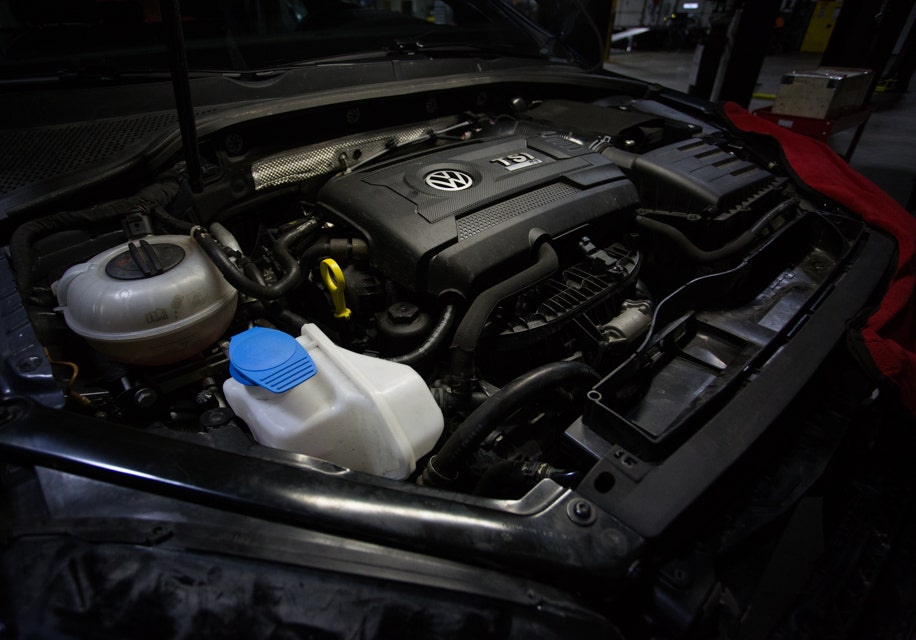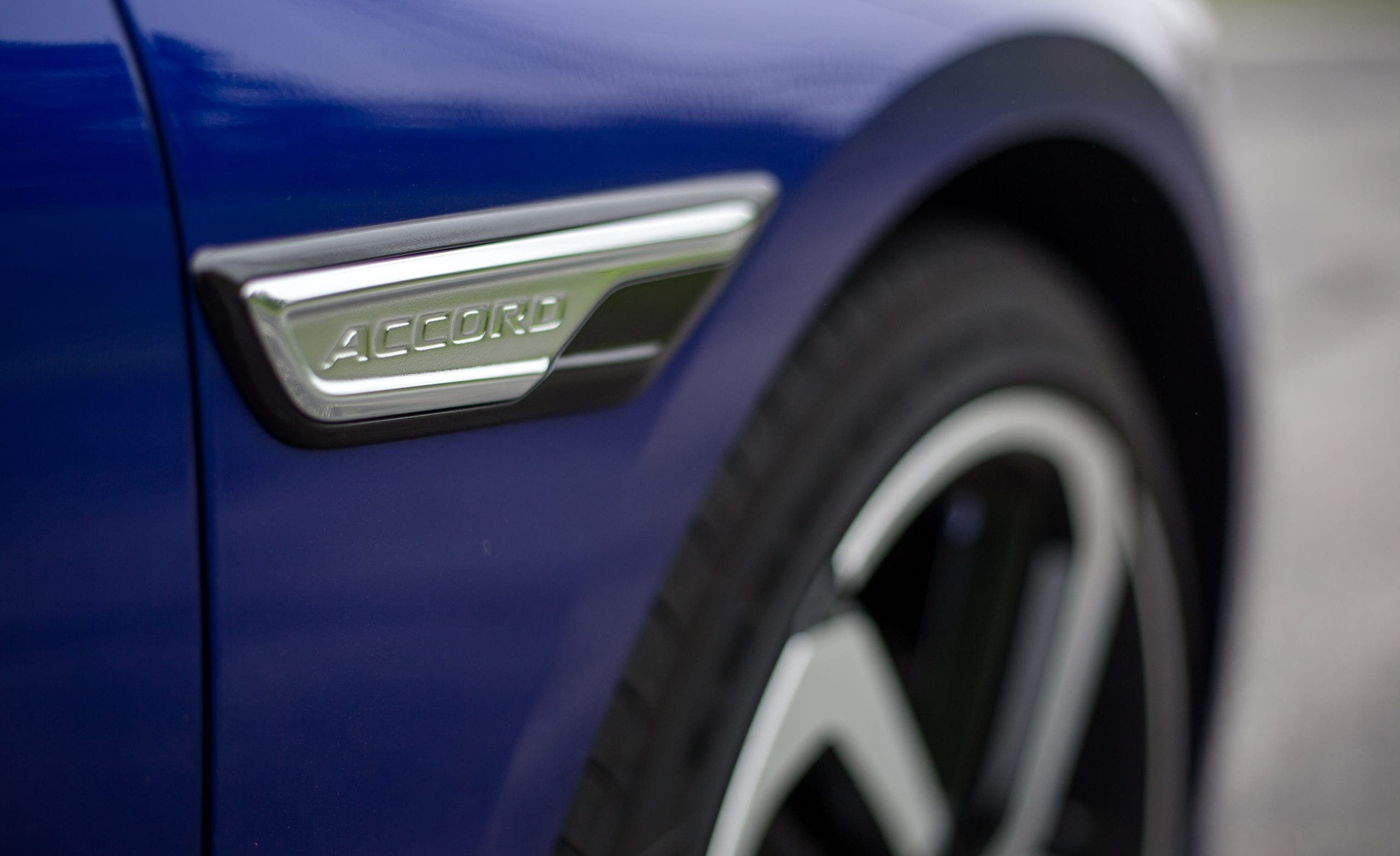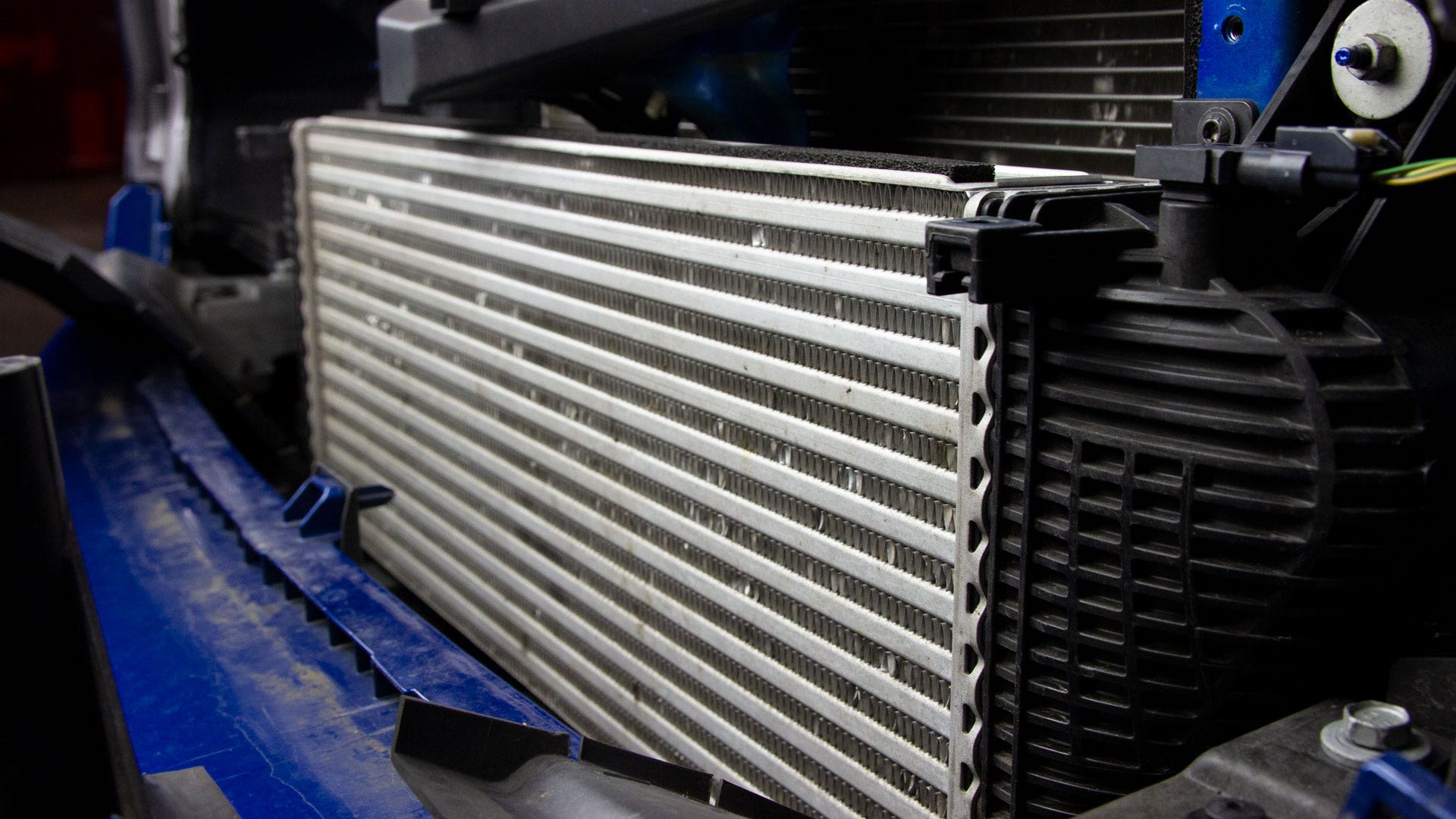Look under the hood of any modified vehicle, and there's a high chance you'll find an aftermarket intake. But despite how prevalent aftermarket intakes are, there's still a ton of misinformation about them floating around the internet. In this post, we'll look at a few more intake myths and provide some more facts to combat the hearsay on the internet. If you haven't already read through our first intake myth-busting post, be sure to check that out here.
Myth #5: Aftermarket Intakes Don't Make Power
For some vehicles or intakes, this is true, but many engines and intakes can produce noticeable power gains. An engine is an air pump, and how much power it makes is directly related to how much air it can pull in and exhaust.















